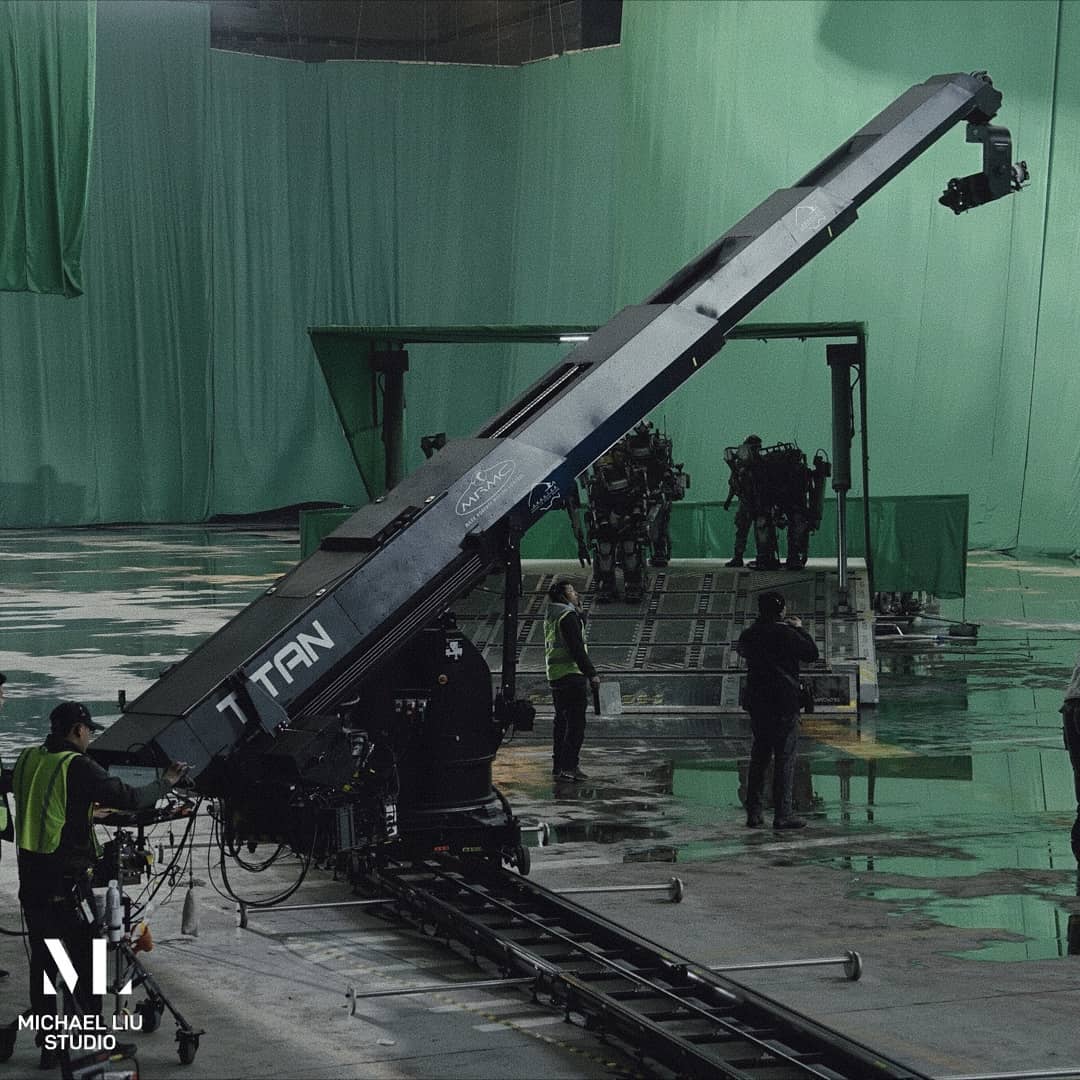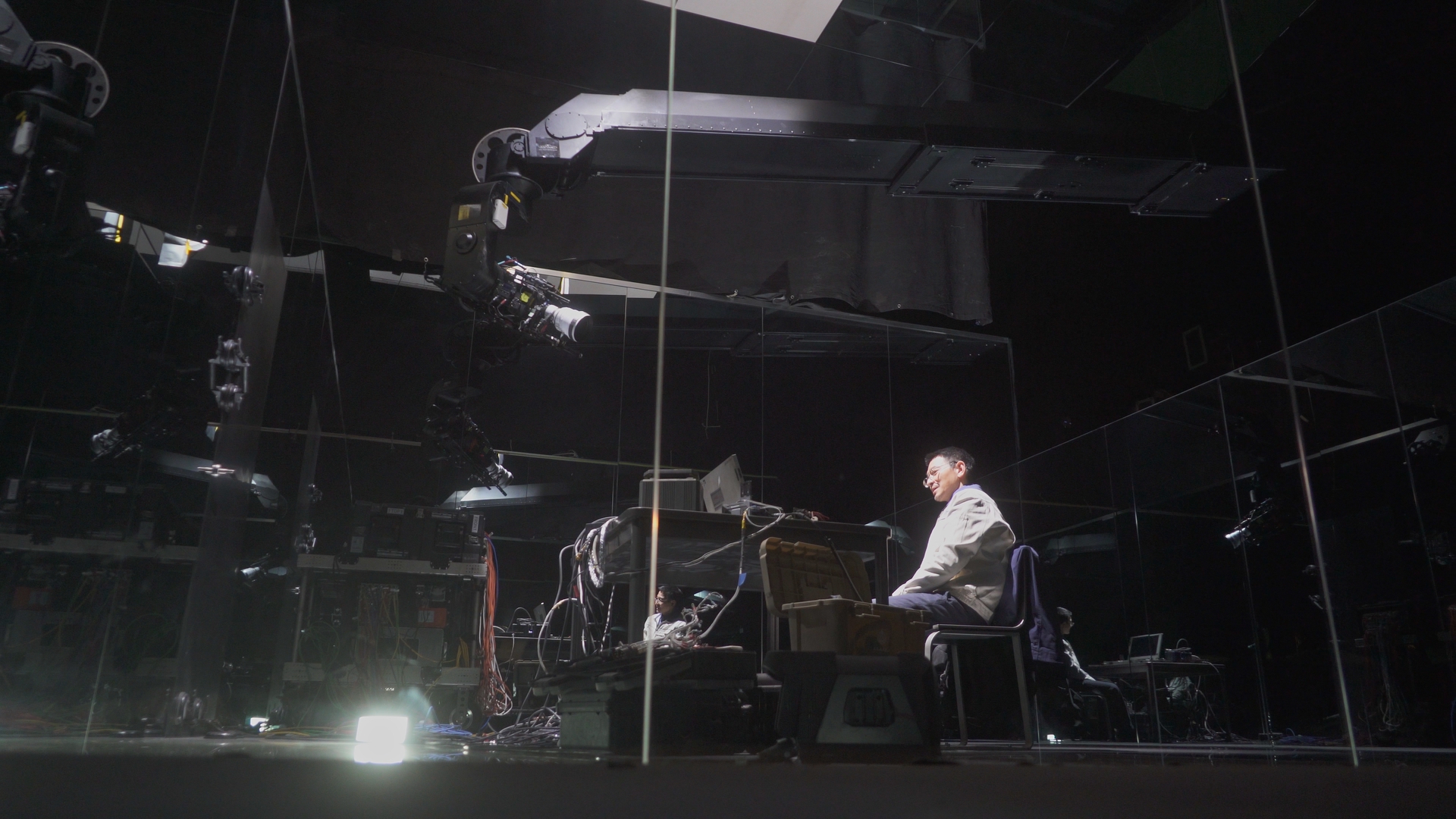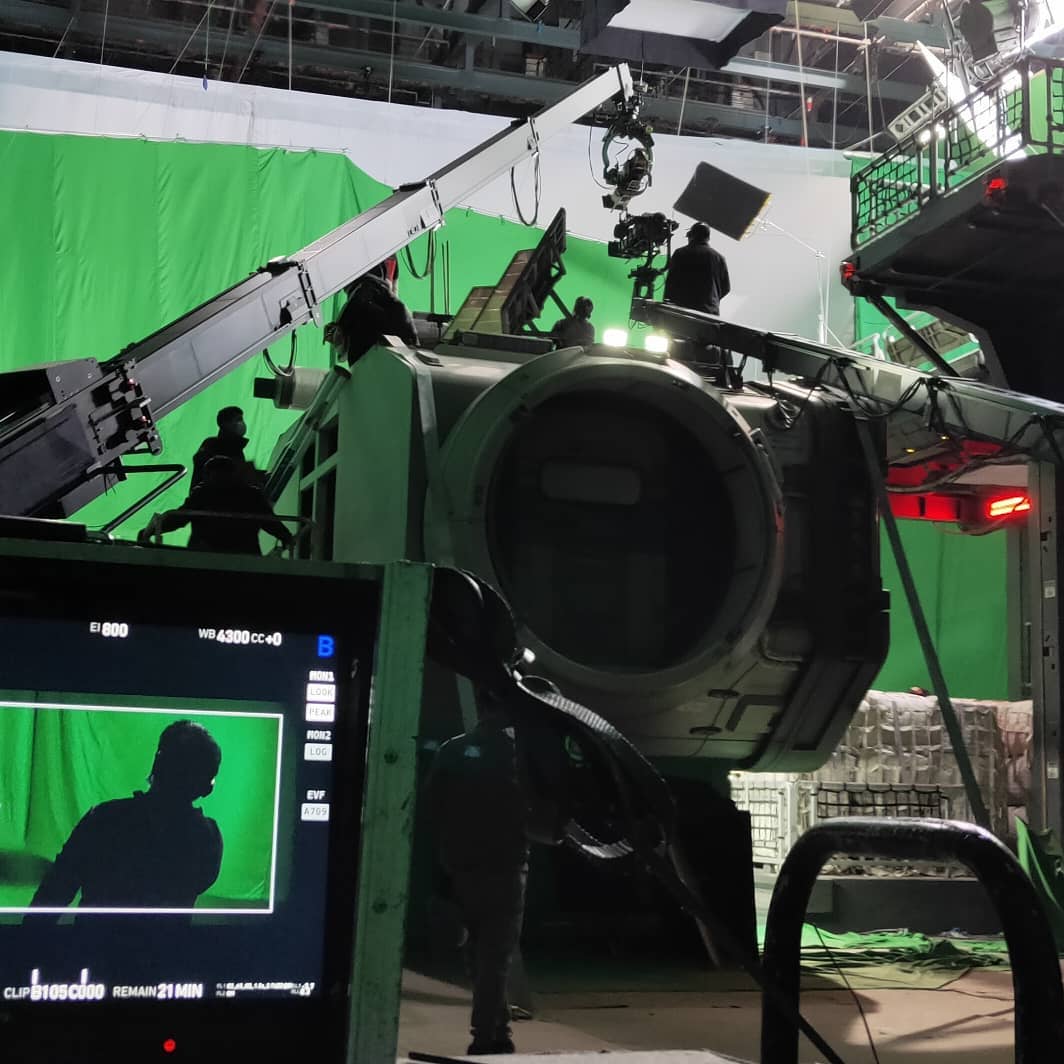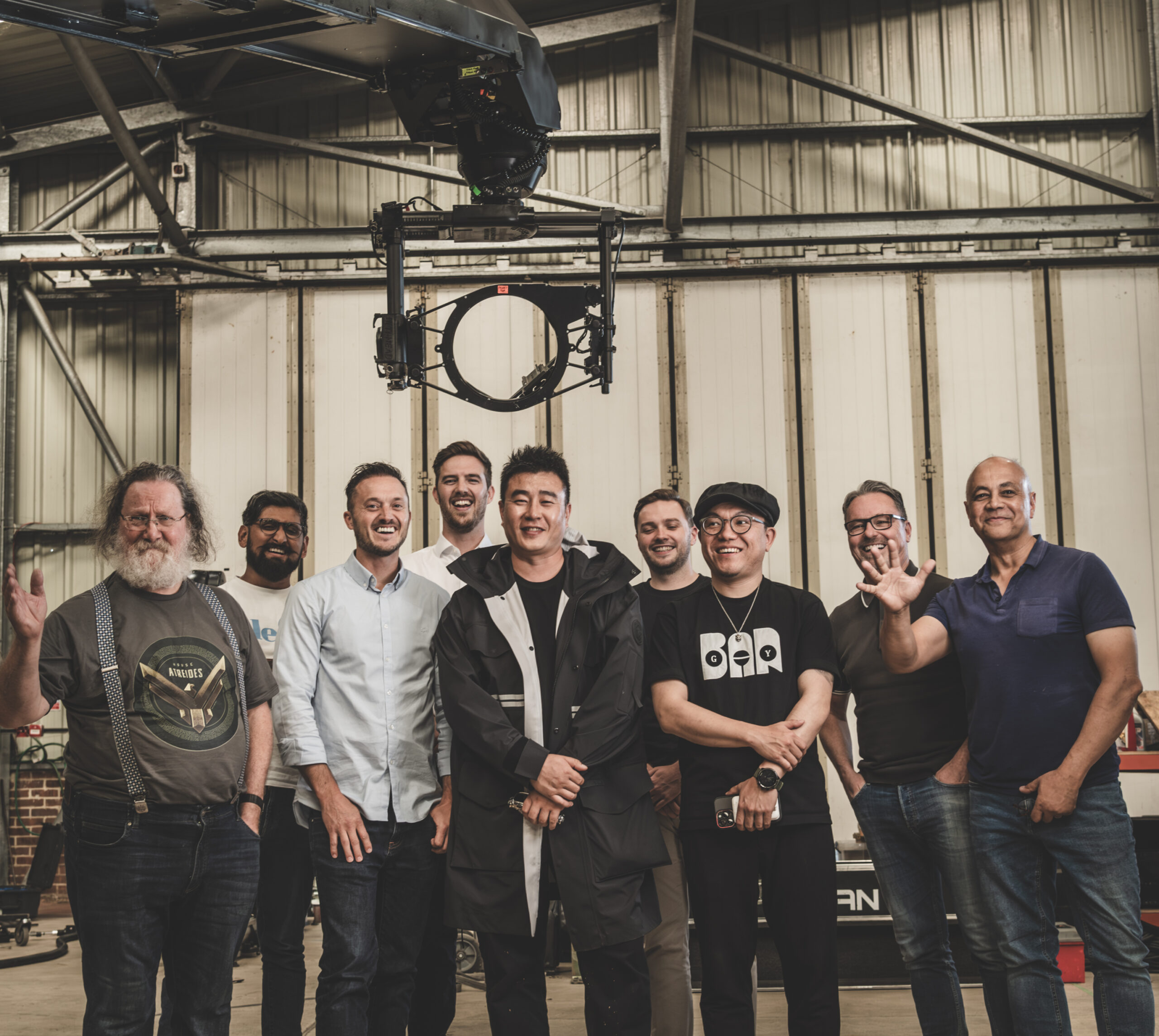Michael Liu: Wandering Earth 2 with the Titan & Bolt X
CASE STUDY
The visual wonders of advanced motion control (MOCO) technology have reached China, on the set of The Wandering Earth 2, the highly anticipated second instalment of China’s first and largest sci-fi film franchise. Using MOCO to power their creativity, Director of Photography Michael Liu and his team have put together powerfully crafted, cutting-edge scenes in this sequel, ultimately pushing the boundaries of what Chinese filmmakers can do.
The visual wonders of advanced motion control (MOCO) technology have reached China, on the set of The Wandering Earth 2, the highly anticipated second instalment of China’s first and largest sci-fi film franchise. Using MOCO to power their creativity, Director of Photography Michael Liu and his team have put together powerfully crafted, cutting-edge scenes in this sequel, ultimately pushing the boundaries of what Chinese filmmakers can do.
PROJECT OVERVIEW
The film was a production of many firsts. The project was the first in Asia to use the MRMC Titan Motion Control Rig, which was installed remotely in Qingdao over the pandemic—also a first—with the virtual support of MRMC partners. The team sought to use the Titan and Bolt X for rendering two visually stunning sequences: a repeat pass shot that places multiple copies of the actor against evolving elements on set, and a dramatic slow-motion shot of shattered glass pieces in mid-air, showcasing an upgraded and fast camera movement plot. Given the system’s flexibility to program the camera movements pre- and post-production, the team was able to turn their ambitious visions into cinematic footage on-screen.

The entire Titan system has consistently met my needs. It has not only satisfied my thirst for technological exploration, but has also helped me achieve some breakthroughs in the design of the lens language and in timing the camera movements
Director of Photography
THE CHALLENGE
Executing the composited scene with clones of actor appearing simultaneously onscreen involved detailed visual movement testing and post-production layering. Similarly, high-speed shots like the breaking glass scene required exact planning to time the blast while also preventing any potential safety hazards on set. Liu’s team was aware that they needed a well-coordinated workflow that would save them hours (and headache!) in achieving these looks on the actual shooting day, while still giving them the flexibility to make minor adjustments, as necessary, during production.
Moreover, as this was the team’s first time using the Titan, they were quite unfamiliar with the rig’s technical parameters and troubleshooting aspects. It also did not help that their production was set during the pandemic and within a very tight timeframe, giving them limited time to navigate the new technology.

Adjusting the camera movement to match the actor’s performance rhythm, we recorded the handwheels operating the remote control head’s three axes (pan, tilt, roll) and used a wireless follower (WCU-4) controlled by the motion and focus puller. Later, we played back this recording to shoot the Clean Plate, allowing the camera to achieve a free and organic orientation (Camera aim) while keeping the Titan telescopic arm’s trajectory unchanged. This technique enables actors to freely play their roles without being 100% bound to the camera’s position. By allowing some degree of composition adaptation through the remote control head, we enhance emotional flexibility.
Moreover, I think it’s important to incorporate organic elements and reduce the mechanical feel in our lens design. Integrating people’s emotions into the camera movement, through a little shaking or a sudden change in pace, is essential. By utilising artificial control and recording playback of the rocker wheel and focus, we effectively diminish the mechanical sense and elevate the emotional impact of the camera’s movement
Director of Photography
The Solution
With the Titan and Bolt X, the team was able to record and repeat the precise sequence for the actor’s multiple shots with ease along a 45-metre track. Working with Flair 7 also allowed them to fluidly synthesize the shots with the visual effects team as the MOCO system integrates seamlessly with post-processing software like Maya and UE. To perfectly match the complex scheduling of long shots and light effect changes, the team took multiple shots based on precise motion trajectories, recorded the movement time of the camera, and performed more complex special-effect composite shots with digital lighting to create varying light and shadow atmospheres for multiple scenes.
With the remote support of the MRMC team and the on-site technical support from Jebsen JCineCast team, distributor of MRMC’s MOCO systems in China, Liu’s team was able to get themselves familiarised with the tech despite the restrictions of the pandemic.
Needless to say, the team banked on the overall reliability of MRMC to address their production needs. Having used Bolt X previously, Liu knew the level of precision that can be achieved with MRMC’s MOCO technologies as long as one is fairly familiar with using them—precision which essentially translates to optimised production time and work, and enhanced cost-efficiency for the project. So while the team experienced technical issues initially, the whole production—from pre-work to on-site shooting, virtual shooting, and final filming—took only approximately one year to finish.

The first scenario involves a multi-layer synthesis of post-production shots, while the other one caters to special genres like martial arts action films. These scenes demand fast-moving close-up shots that cannot be accomplished through manual control. This aspect is particularly fascinating. For instance, in a scene featuring a MOS robot in ‘The Wandering Earth,’ we needed to rapidly move from a distance to the lens inside the robot’s camera, and BOLT X helped us do that. If it were manually operated, such lens movements would be impossible. A 100mm macro lens followed by a telephoto lens would be required to achieve such speed. Manual control can’t achieve this movement, and maintaining focus becomes difficult too. However, BOLT X can achieve these highly stylised camera movements effortlessly
Director of Photography
Encouraging MOCO Adoption in China
The widespread attention gained by The Wandering Earth has prompted Liu to up their production game and seize the opportunity to elevate China’s overall filmmaking profile on the global stage. As one of the early adopters of MOCO, he has a bigger ambition of encouraging his peers to include MOCO technologies in their production arsenal.
Within China’s filmmaking industry, people have previously thought of MOCO as something very daunting and complicated. They view the whole technology as tedious and costly. But they need to understand that MOCO systems are now much more advanced and professional, with the ability to retain focus at varying speeds. Once they get familiar with this technology, they’ll find that it’s not scary at all.
Director of Photography
Micheal Liu visits MRMC

About Michael Liu
Michael Liu is a Chinese cinematographer known for The Wandering Earth 2 (2023), The Wandering Earth (2019), The Sacrifice (2020) and Mozart from Space (2022). His work has earned him nominations in the prestigious Macau International Movie Festival (2020) and the Golden Rooster Awards (2019).
